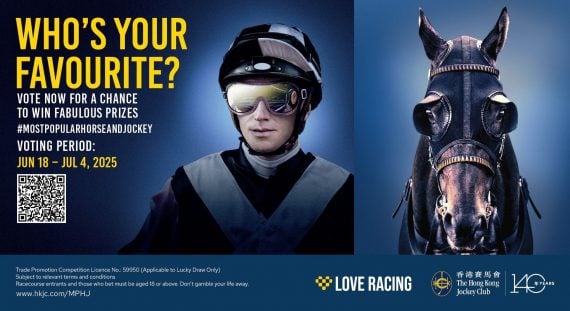About 140 representatives of racing in 27 countries were challenged on September 30 to make the sport more appealing and more available, both in their own jurisdictions and through simulcasting of the world’s biggest events internationally, writes Michele MacDonald in the TDN.
“The key question for us is how to secure our future success,” said Philippe Germond, president of France’s Pari Mutuel Urbain while opening the European Pari Mutuel Association’s fourth Racing and Betting Business Forum in Paris.
“There is no single way,” noted Germond, who also serves as EPMA chairman.
“But if we do not change, if we do not move fast, we are going to suffer in this changing world. If we are static, we are going to be in danger in the next five to 10 years.” Germond suggested the creation of new bets and the use of technology such as Trakus as just two of many paths racing can take in moving forward. He said that he favors the installation of Trakus at some French racecourses.
Michael Ciacciarelli, chief operating officer of the Wakefield, Massachusetts-based Trakus, spoke during a session focusing on attracting Aa new generation” to racing. He said the company’s technology, which produces visual representations of all runners’ positions in races that are generated by tracking devices attached to tack, enhances the experiences of fans.
“Trakus is the answer,” Ciacciarelli said of the need for racing to supply the detailed kind of data that other sports provide to fans. While offering a moving epiction of how horses are changing position during a race, Trakus also provides data about how far each horse traveled, giving handicappers specific information previously not available.
Trakus also has generated virtual scenarios, such as showing fans animated jockeys’ views for races. Such presentations were streamed online for Churchill Downs this spring and were launched with the Singapore Turf Club on high definition digital video boards.
Trakus can also drive television graphics for racing as well as be personalized for mobile devices, Ciacciarelli said.
Racing around the globe can benefit from Trakus, he suggested while noting that the same immediate data can be collected at all racecourses that use the technology, with current customers including Woodbine in Toronto and Veliefendi in Istanbul. The data can then be customized depending on market preferences.
“We welcome the opportunity to become the common language for horse racing worldwide,” Ciacciarelli said.
Other speakers at the EPMA forum included Kim Heng Teo, Singapore Turf Club vice president, who was one of several executives who underlined a need to connect fans, from the youngest up, to horses. The modern world offers people fewer chances to become attached to horses and naturally progress on to racing, he noted.
“Where there is passion, the money will follow,” said Kim, adding that the Singapore Turf Club created a riding school as one step.
Remy Nilson, chief executive officer of Sweden’s ATG racing and betting organization, urged his colleagues to “start in the head of the customer, not what you want to do yourself.” ATG has relied on focus group research while trying to meet public expectations.
“We are trying to give people as much as they want,” said Nilson, adding that ATG’s website offers free replays of racing going back several years and other detailed information.
Rod Street, chief executive of Racing Enterprises Ltd. in Britain as well as of Racing for Change and the new British Champions Series, reported encouraging growth for racing in some major categories,including racecourse attendance, television viewership and sponsorship and broadcast income, following the launch of Racing for Change in 2009.
The initiative has included a staff charged with placing racing stories in mainstream media, the formation of racing clubs for young people at universities and the promotion of specific horses via social media.
“Racing for Change isn’t about changing the core product. All we’ve got to do is present ourselves, be more relevant, simplify the language,” Street said.
“The critical thing is to engage with stakeholders and customers and keep customers at the heart of your business.”
When it comes to the exchange of major international events through simulcasting, William Nader, the former New York Racing Association executive who now is executive director of racing with the Hong Kong Jockey Club, said the key ingredients for success are quality races, large fields, big betting pools, integrity and extensive information.
“You must make sure the product is right to make a really compelling experience for the customer,” Nader said.
Alex Waldrop, president of the National Thoroughbred Racing Association, said the Abad news” for racing organizations in other countries that wish to simulcast to the United States is the complex nature of the sport in America, with differing regulatory systems in 38 jurisdictions. The “good news,” he said, is that Athe U.S. market is open for business.
“Find the right partner (to distribute information and connect with American wagering outlets),” Waldrop advised, “and you will find a ready and willing betting public.”








